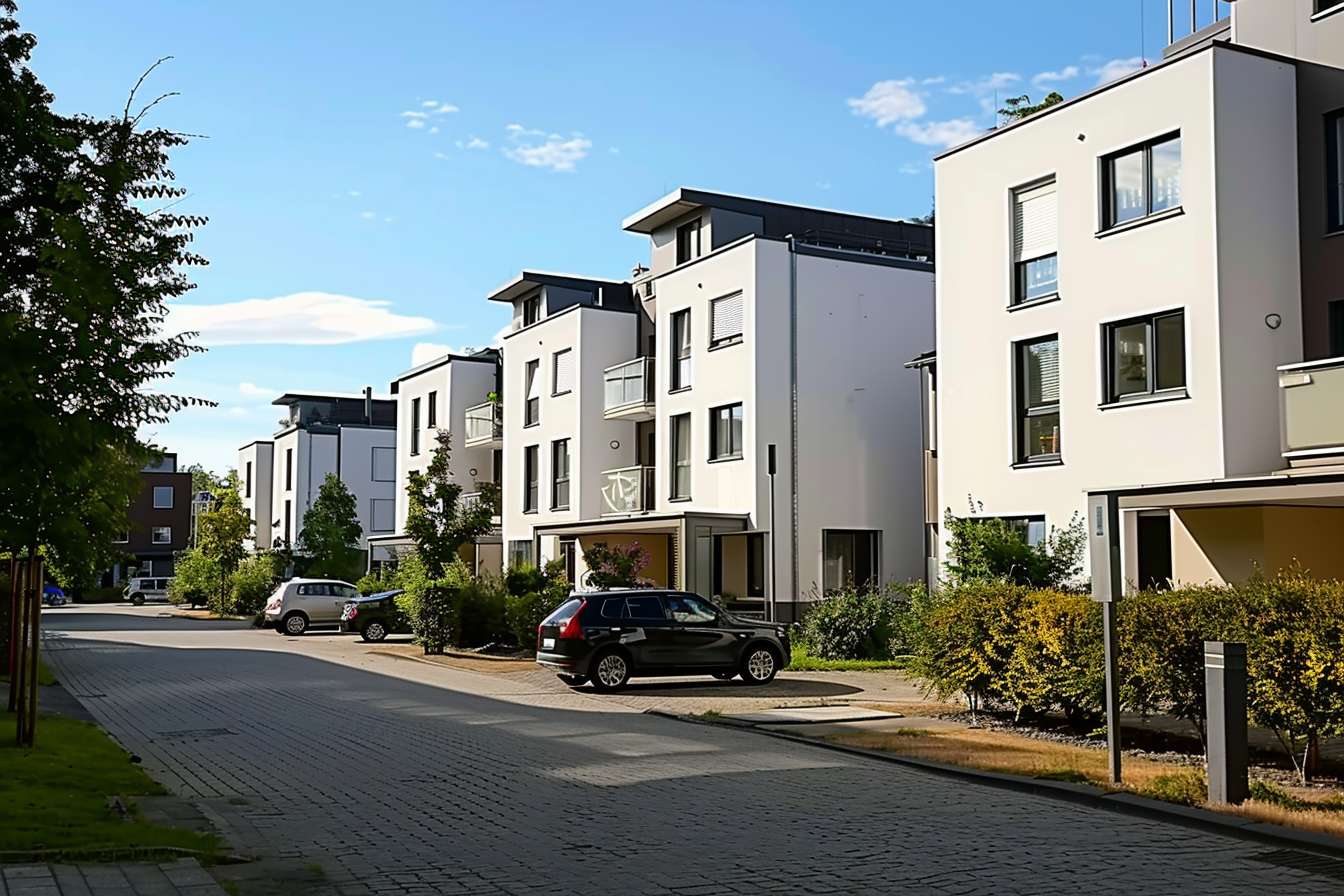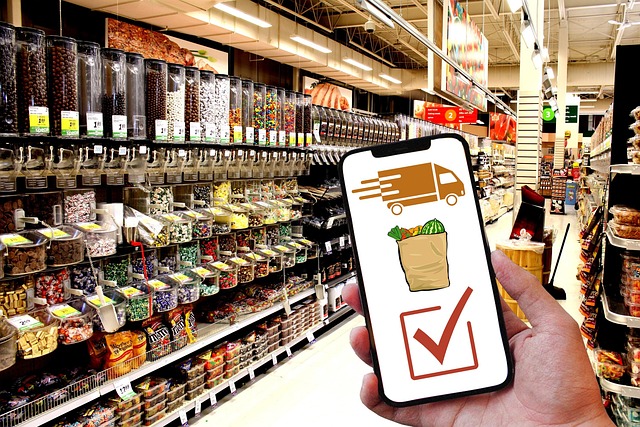Sustainable Upgrades: Practical Improvements That Influence Demand
Sustainable upgrades can shift buyer and renter interest by improving long-term costs, comfort, and regulatory compliance. This article outlines practical improvements that influence demand for property and housing, explains how upgrades relate to valuation and rentals, and highlights how digital tools like remoteviewing extend market reach.

Sustainable upgrades have moved from niche to mainstream as buyers, renters, and investors weigh running costs, regulatory compliance, and neighborhood expectations. Practical improvements—such as better insulation, efficient heating, and water-saving fixtures—can make a property more competitive in markets affected by mortgage affordability, changing taxation rules, and shifting currency considerations for cross-border buyers. This article explains key upgrade choices, how they influence valuation and rentals, and why accurate documentation matters for long-term investment outcomes.
Renovation: priorities that attract buyers
Renovation decisions should focus on measurable improvements that reduce operational costs and increase comfort. Energy-efficient windows, upgraded insulation, and modern heating systems lower utility bills and can make properties eligible for favorable mortgage programs in some jurisdictions. For landlords, kitchen and bathroom refurbishments that blend durability with low-energy fixtures increase appeal for tenants and reduce vacancy periods. When planning renovations, factor in local services for installation and maintenance and ensure work aligns with property valuation expectations and neighborhood standards.
Valuation: measurable effects of upgrades
Sustainable upgrades can influence how appraisers and valuers assess a property. Improvements that demonstrably lower running costs or extend the service life of components—such as solar PV arrays, efficient boilers, or enhanced building fabric—may be reflected in valuation models that consider net operating income, comparable sales, and replacement cost. Documentation matters: warranties, compliance certificates, and energy performance reports support claims during valuation and when negotiating price or mortgage terms. Investors should consider how upgrades interact with taxation rules and depreciation allowances in their currency and jurisdiction.
Rentals: upgrades that improve yield
For rental properties, demand often follows running cost expectations and tenant preferences. Energy-efficient lighting, programmable thermostats, and improved ventilation can attract longer-term tenants and justify modest rent premiums in competitive housing markets. Rental yield calculations should include anticipated savings on utilities, potential maintenance cost reductions, and any compliance-driven upgrades required by local regulation. Landlords must balance upfront renovation costs against expected rental valuation and vacancy risk, keeping records that ease future tenant screening and remoteviewing tours.
Neighborhood: context and local services
Neighborhood characteristics strongly influence how sustainability upgrades are perceived. In areas where local services prioritize green infrastructure, buyers may value solar-ready roofs, rainwater management, or EV charging capability more highly. Conversely, in neighborhoods with limited demand for high-tech features, simple efficiency improvements may offer better returns. Assess neighborhood comparables and speak with local contractors to understand typical buyer expectations. Upgrades should complement broader neighborhood investment and not outpace the market to avoid poor valuation outcomes.
Compliance: permits, taxation and reporting
Many sustainable upgrades trigger permit, compliance, and reporting requirements that affect timelines and costs. Solar, structural insulation, and certain HVAC changes often require building permits and can have implications for property taxation and eligibility for incentives. Taxation rules and local compliance frameworks differ by jurisdiction, and currency fluctuations can change the relative cost of imported equipment. Keep clear records of permits, certificates of compliance, and any tax credits claimed; these documents support valuation, mortgage underwriting, and potential resale by demonstrating legal and fiscal conformity.
Remoteviewing: digital tools for market reach
Remoteviewing and digital showcasing tools extend demand by allowing prospective buyers and renters to assess sustainable features from afar. High-quality virtual tours, annotated floor plans highlighting efficient systems, and energy performance summaries help international investors and local buyers compare properties without multiple site visits. Remoteviewing can reduce transaction friction when mortgage approvals hinge on timely inspections or when currency-sensitive buyers need quick, transparent information. Ensure digital materials include verifiable documentation—warranties, installation certificates, and valuation addenda—to support confidence in upgrade claims.
Sustainable upgrades influence demand through a mix of tangible cost savings, improved comfort, and demonstrated compliance. Whether the focus is on renovation to improve energy performance, documenting valuation effects, boosting rental yields, aligning with neighborhood norms, meeting compliance obligations, or using remoteviewing to broaden market reach, practical upgrades should be chosen with clear evidence of benefit. Thoughtful planning, reliable documentation, and attention to local market dynamics help ensure upgrades translate into measurable increases in demand and longer-term investment resilience.





